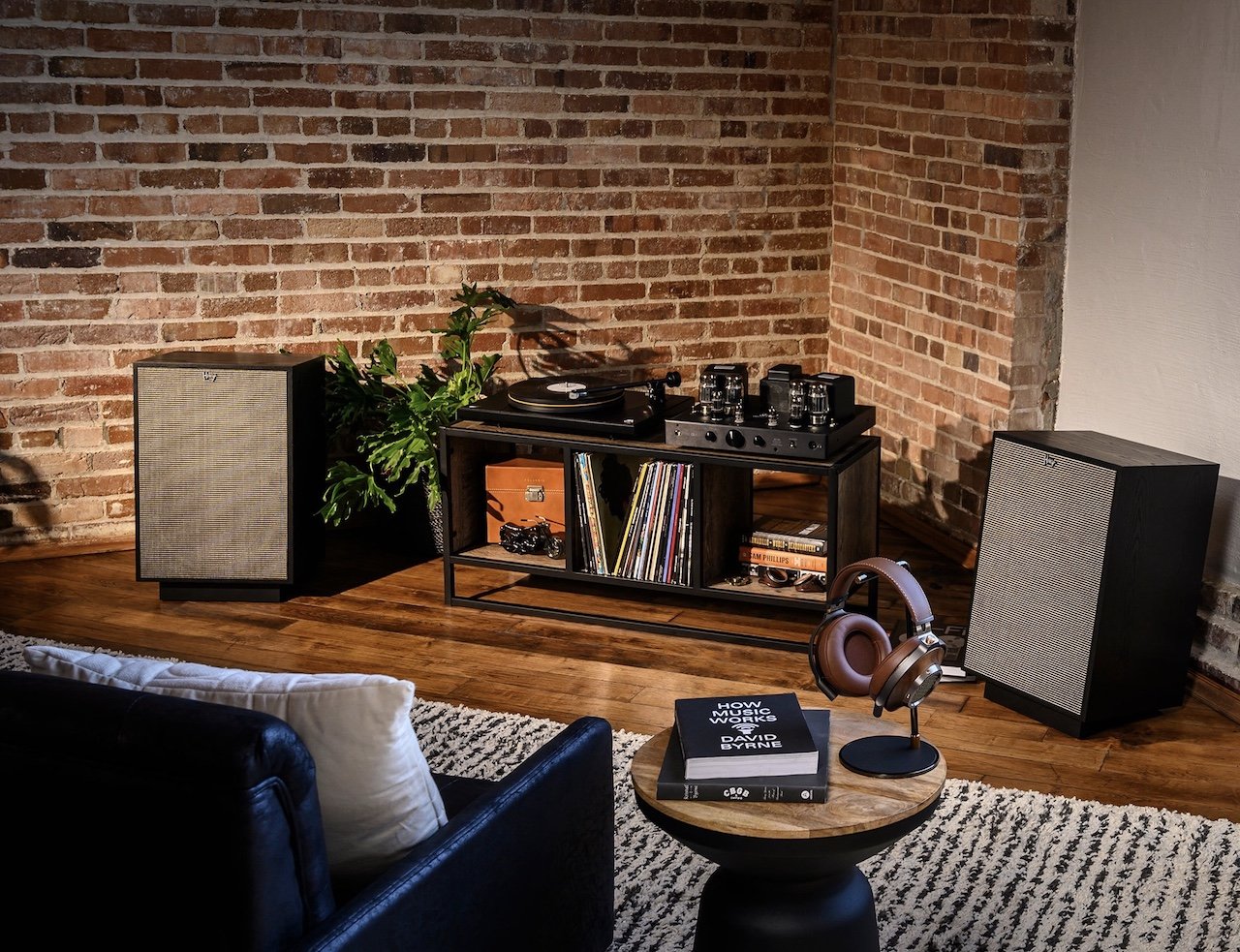Understanding Speaker Impedance: A Comprehensive Guide
Table of Contents
Introduction
What is Impedance?
Impedance and Power
How Speaker Impedance Affects Sound Quality
Matching Amplifier to Speaker Impedance
The Real-World Scenario
Conclusion
Introduction
A fundamental concept that every audio enthusiast should understand is speaker impedance. It may sound like a complex technical term, but it's crucial in getting the best performance from your HiFi audio system. This article will demystify speaker impedance and guide you in making the best choices for your setup.
What is Impedance?
Impedance, measured in ohms (Ω), measures electrical resistance in an AC circuit. In the context of speakers, impedance indicates how much resistance the speaker provides to the current flowing from an amplifier. Most speakers have impedance ratings that range between 4 and 8 ohms, but some models can go as low as 2 ohms or as high as 16 ohms.
Impedance and Power
The relationship between impedance and power is vital to the operation of your HiFi system. The lower the impedance, the more current a speaker draws for a given voltage. This means a lower impedance speaker can potentially deliver more power but also puts a higher load on the amplifier, which can cause overheating if not appropriately managed.
How Speaker Impedance Affects Sound Quality
Speaker impedance can have a noticeable impact on sound quality. A speaker with a lower impedance can draw more power from an amplifier, which might translate to higher volume levels or a greater dynamic range. However, this doesn't necessarily mean that lower impedance is always better for sound quality. Too low an impedance may strain an amplifier, potentially leading to distortion or even damage.
Conversely, a speaker with a higher impedance might deliver less volume for a given amplifier setting. Still, it also puts less strain on the amplifier, which could result in cleaner, distortion-free sound.
Matching Amplifier to Speaker Impedance
Matching your amplifier to your speakers is crucial to getting the best performance and longevity from your HiFi system. Most amplifiers will indicate the range of speaker impedance they can handle. It's essential to ensure your speakers fall within this range. The amplifier might overheat or distort if the speaker impedance is too low. If the speaker impedance is too high, the system might not deliver the desired volume or dynamic range.
The Real-World Scenario
While understanding the theoretical aspect of impedance is important, real-world performance can be more complex. Speaker impedance can change depending on the signal's frequency, meaning a speaker might present a higher or lower impedance at different frequencies.
Furthermore, the quality of an amplifier's design and its ability to handle changes in impedance can greatly impact performance. Some high-quality amplifiers can comfortably drive speakers with various impedance ratings.
Conclusion
Understanding speaker impedance is key to optimizing your HiFi audio setup. By considering impedance, you can effectively match your speakers and amplifier, maximizing audio performance and safeguarding your equipment. Always refer to your equipment's manual for specific guidance on matching your amplifier and speakers.
Remember that while technical specifications are important, the ultimate judge should always be your ears. Always trust your personal listening experience when determining what sounds best for you.
FAQs about Speaker Impedance:
What is speaker impedance?
Answer: Speaker impedance is a measure of the opposition that a speaker presents to the flow of an alternating current (AC) signal, such as audio from an amplifier. It is measured in ohms and indicates how much resistance the speaker offers to the electrical signal.
Why is speaker impedance important?
Answer: Speaker impedance is crucial for matching speakers to amplifiers. Mismatched impedance can result in inefficient power transfer, potential damage to the amplifier or speaker, and compromised audio performance.
What are common speaker impedance ratings?
Answer: Speaker impedance ratings vary, but common values include 4 ohms, 8 ohms, and 16 ohms. Some specialized speakers may have higher or lower impedance ratings.
Can I connect speakers with different impedances to my amplifier?
Answer: Connecting speakers with the same impedance as your amplifier's rated output is generally best. If you must connect speakers with different impedance ratings, be cautious and consult your amplifier's manual for guidance on handling impedance mismatches.
How does speaker impedance affect power output?
Answer: Lower speaker impedance (e.g., 4 ohms) demands more power from the amplifier to produce the same volume compared to higher impedance (e.g., 8 ohms) speakers. Ensure your amplifier is compatible with the speaker's impedance to avoid overpowering or underpowering the speakers.
What happens if I use a lower-impedance speaker with my amplifier?
Answer: Using a lower impedance speaker than recommended by the amplifier can lead to increased current draw and overheating, potentially damaging the amplifier. It may also result in distortion, reduced audio quality, and possible shutdown or protection mode activation in the amplifier. Always adhere to the manufacturer's guidelines for matching speakers and amplifiers based on their impedance ratings.
